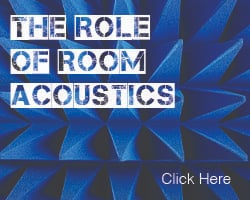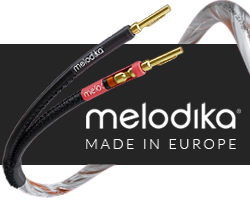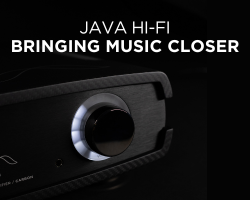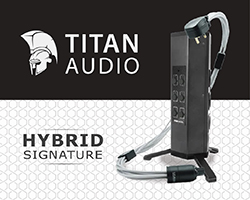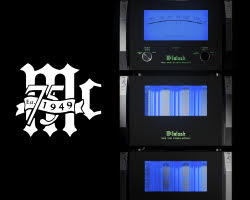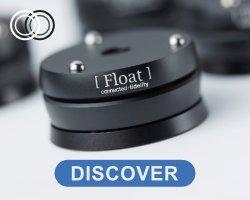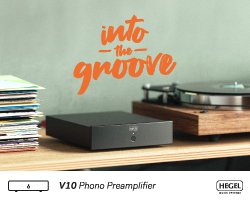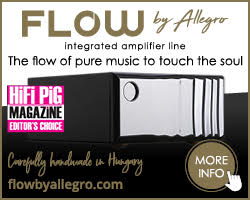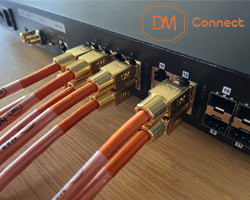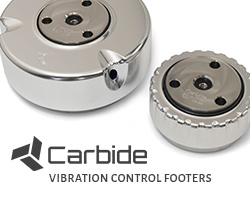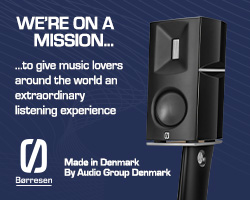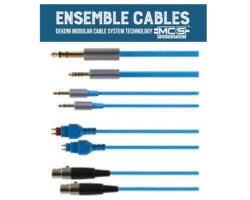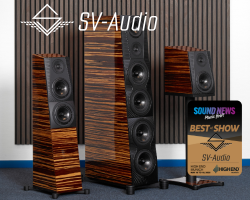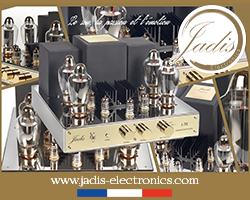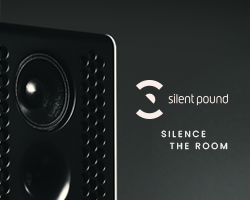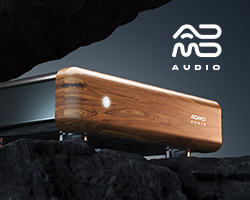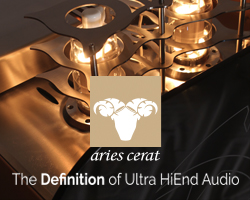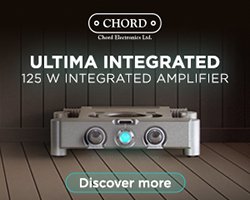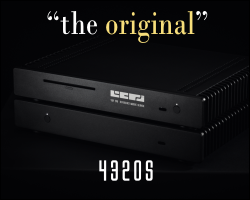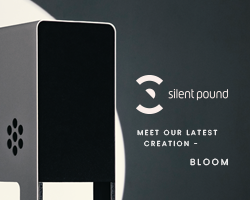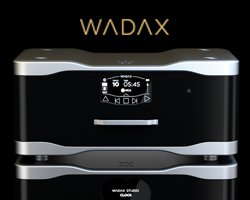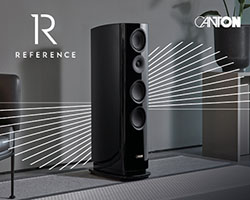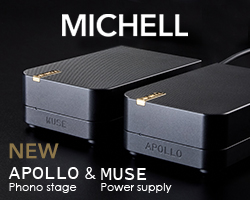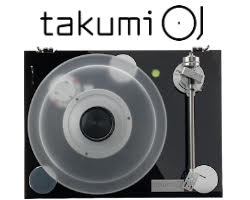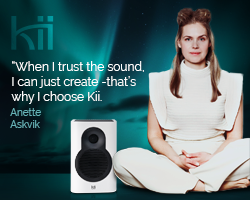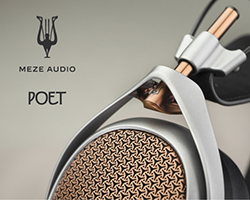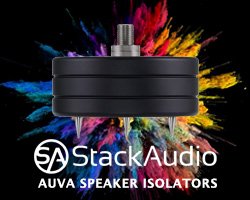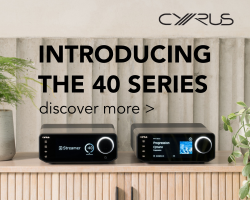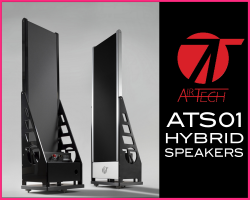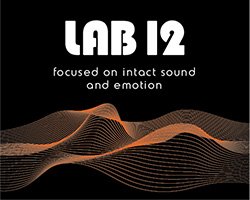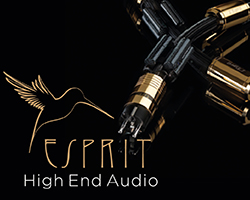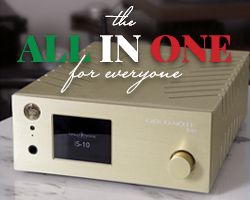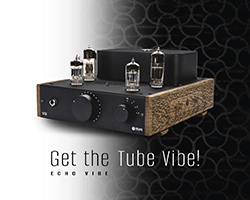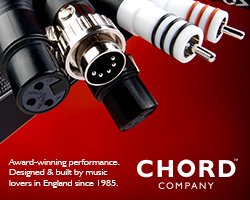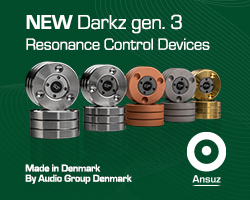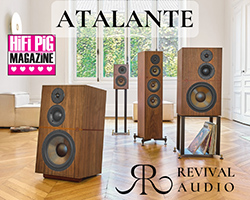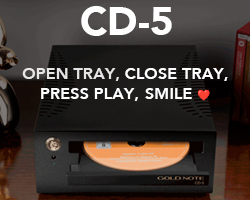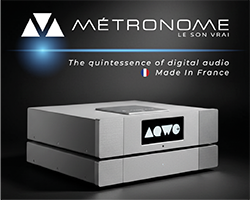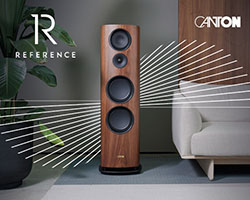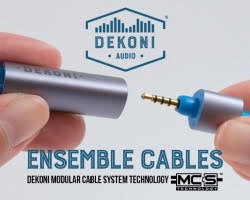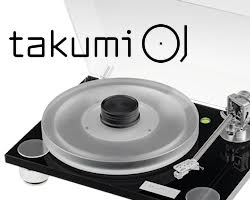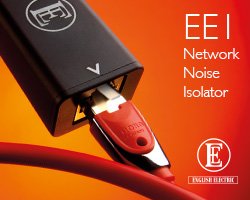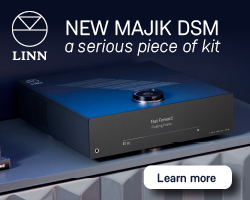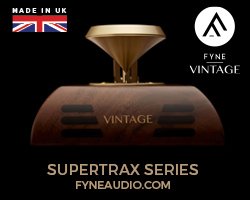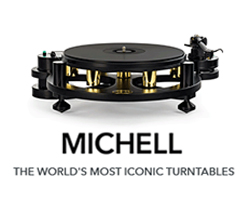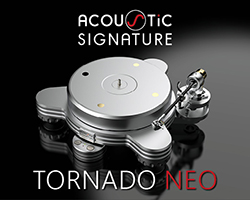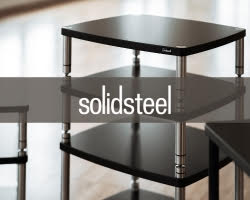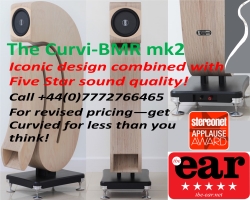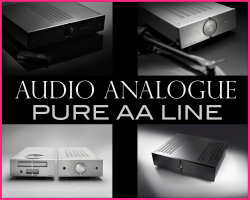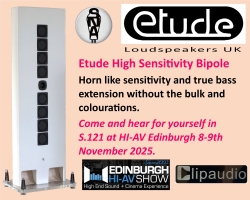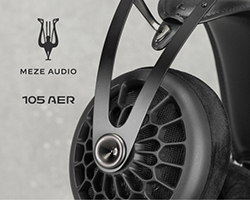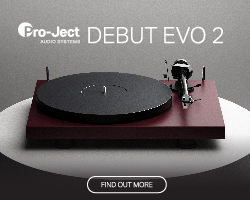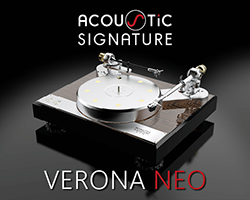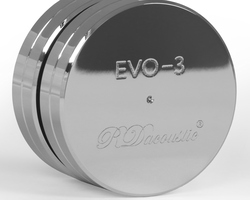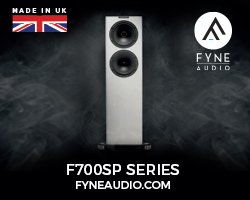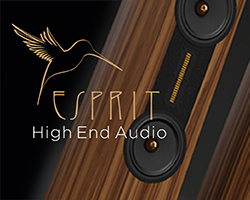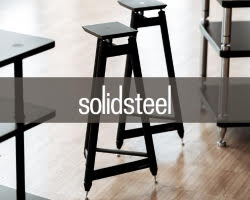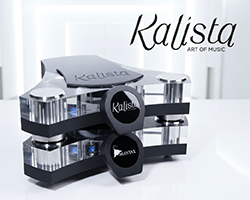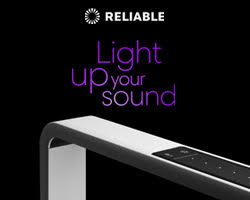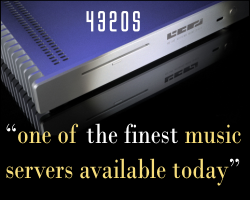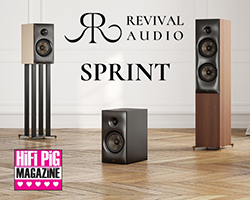FEZZ AUDIO TITANIA INTEGRATED AMPLIFIER REVIEW
The Fezz Audio Titania Integrated Amplifier is part of the Polish brand’s Evolution Range of electronics and costs just shy of £3500. Janine Elliot takes a listen for HiFi PiG.
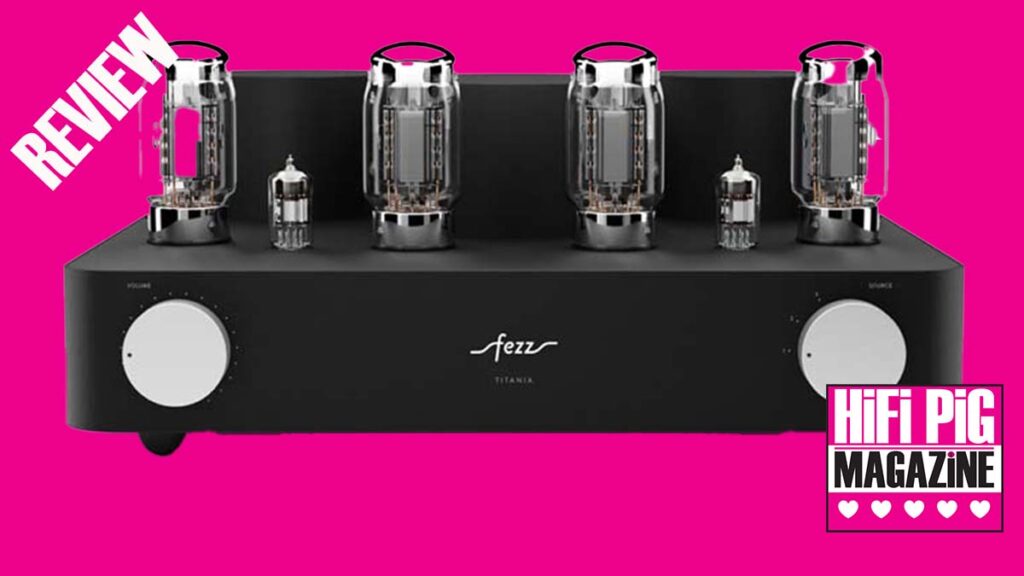
When I was introduced to Fezz Audio my initial thoughts were of my early childhood laughing whilst watching on our small black and white 405-line TV the comedian/magician Tommy Cooper who wore a distinctive fez on his head. Although this HiFi company, from the beautiful Podlasie region of North-Eastern Poland, do produce products in the same colour as Tommy’s hat (red), I would now much rather spend my time listening to the £3,495 Titania integrated amplifier than watching re-runs of the six-foot-four comedian on any modern flat screen TV. Featuring my favourite KT88 and ECC83 tubes this was going to be much more entertaining. This is a new product from a relatively young company set up in 2016, making products at very tempting prices and with excellent style and performance, including a range of 300B, EL34, 2A3 and KT88 output tubes. Run by Maciej Lachowski, the team of engineers strives to produce and continually improve technological masterpieces under their name.
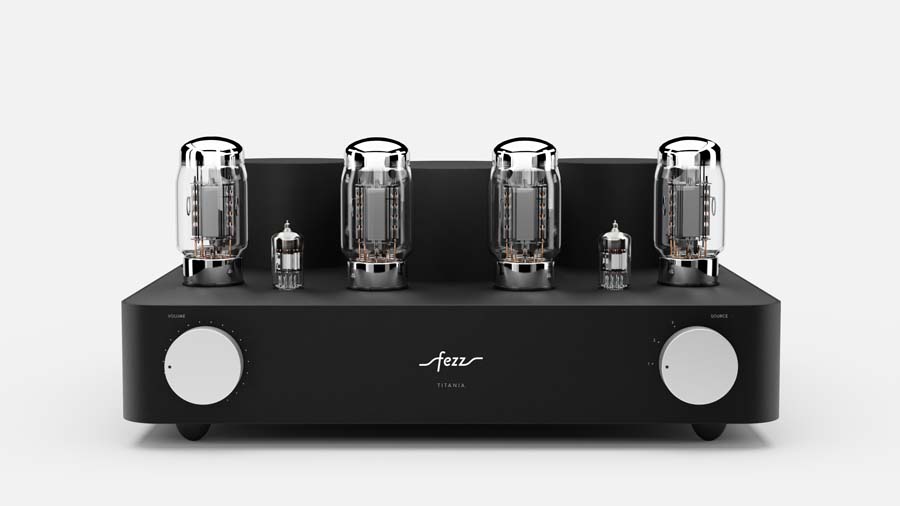
But it doesn’t stop there. I remember reading the review on Fezz Audio’s Silver Luna 8 years ago and the link with Polish transformer manufacturer Toroidy.pl, whose products are appearing in notable tube amplifiers around the world. All Fezz products use their toroidal transformers. This is unusual because you don’t often see a toroidal transformer in a valve product, though “E-I”, “double C” core, or “R-core” units are common. Moreover, the link between the two companies is closer than even the windings on the cores. Todoidy.pl was set up in 1991 by Mr Lech Lachowski and his two sons; Tomas, and Maciej who was 14 at the time, and who owns Fezz Audio. All makes sense now. As Maciej told me, “Initially, [my father] only produced simple transformers for lighting purposes, and employed 2 people, whereby his whole machine park comprised of only one, self-assembled winder device. Today, 50 people work during each shift on our production hall, and we use state-of-the-art equipment and software to produce and design our amplifiers, as well as to produce the transformers for them.”
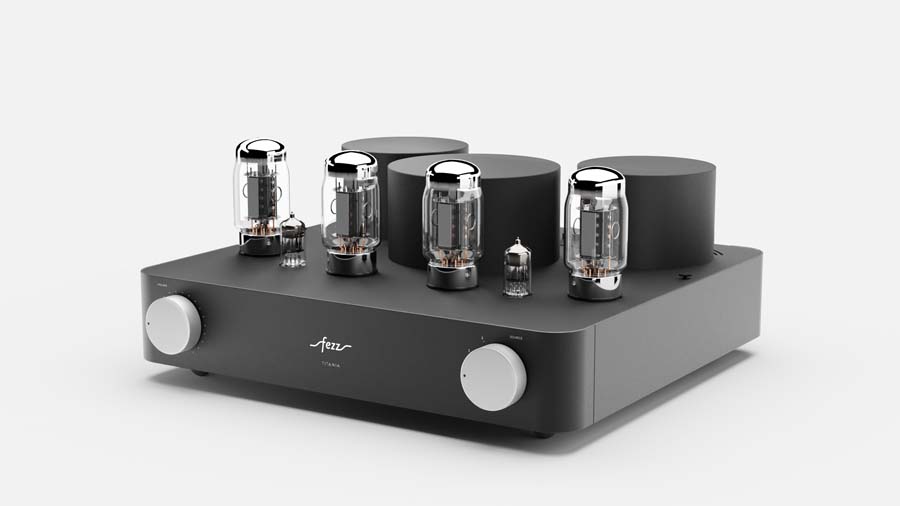
In common with stereo valve amplifiers, you will need three transformers; a power transformer and two output transformers just before the speaker outputs. Usually, like my lovely Leak Stereo 20, these are E-I core transformers (due to the E and I shape of the steel cores) or C or R core varieties, but Fezz believe that toroidal (doughnut shaped) transformers work best. They are using a special 20um steel CRGO (Cold Rolled Grain Oriented) core for output transformers using a unique method created at the Toroidy.pl factory. Under “AGTC Technology” specification (their factory name for Air Gap Toroidal Core Technology), they have developed a special method of electro-erosion core cutting for these transformers. As Maciej told me “The winding and sectioning method is innovative to receive a flat frequency bandwidth in acoustic range, very low THD distortion and high-quality factor.” I left it to my own ears to see if I agreed.
As a class-A fan, I have always liked toroidals, even with all the inefficiencies associated with the design, and because it is difficult to design a toroidal transformer for a tube amplifier, especially if it is of the Single-Ended architecture – the majority of tube devices use traditional E-I output transformers. My own KT88 Synthesis Roma 98DC mono-blocks are of the more regular design, also made in-house. It would be good, therefore, to compare the two.
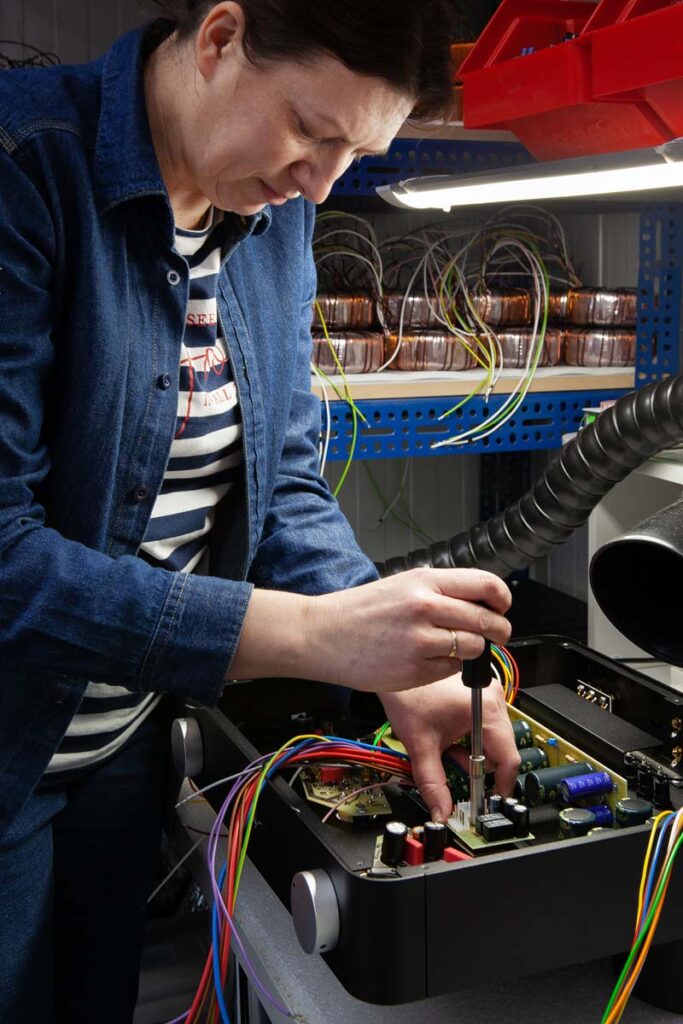
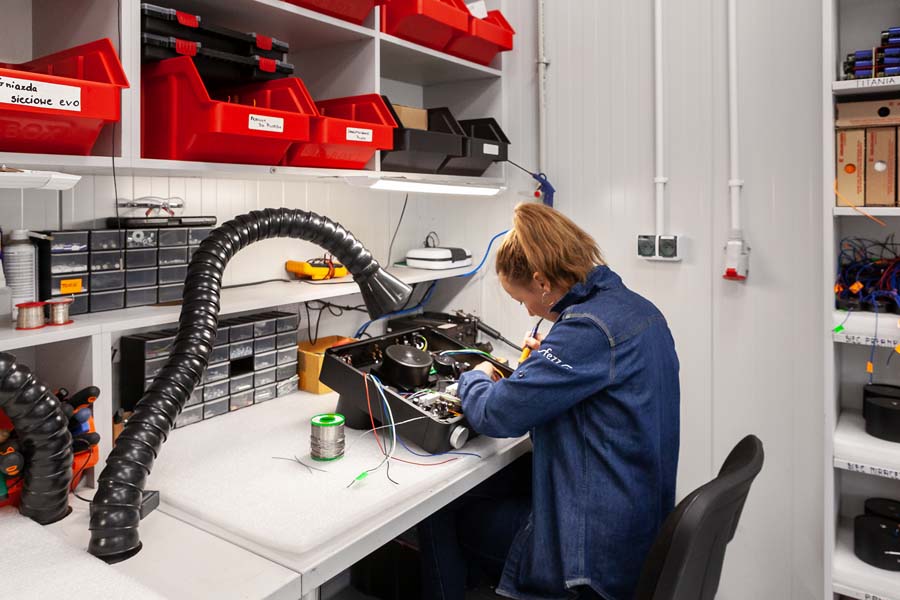

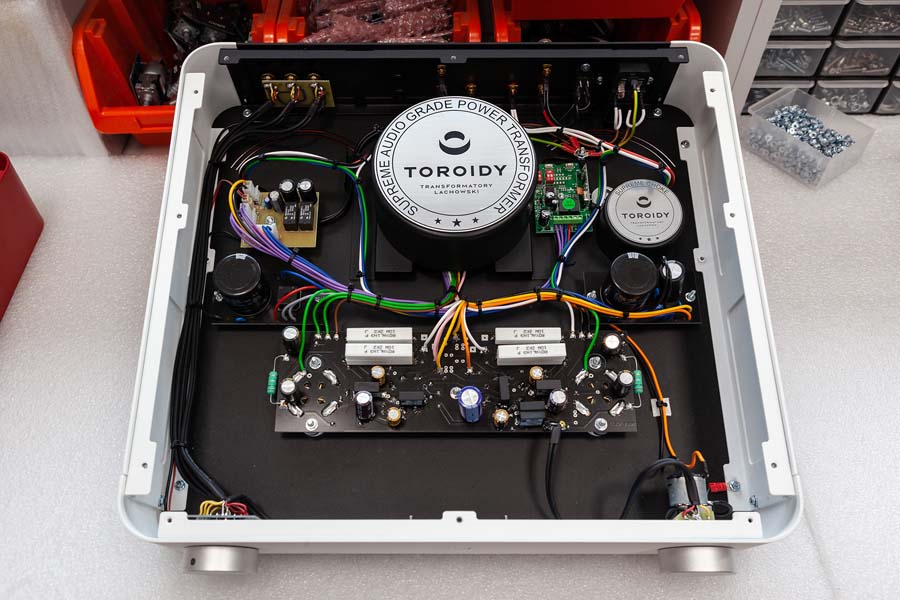
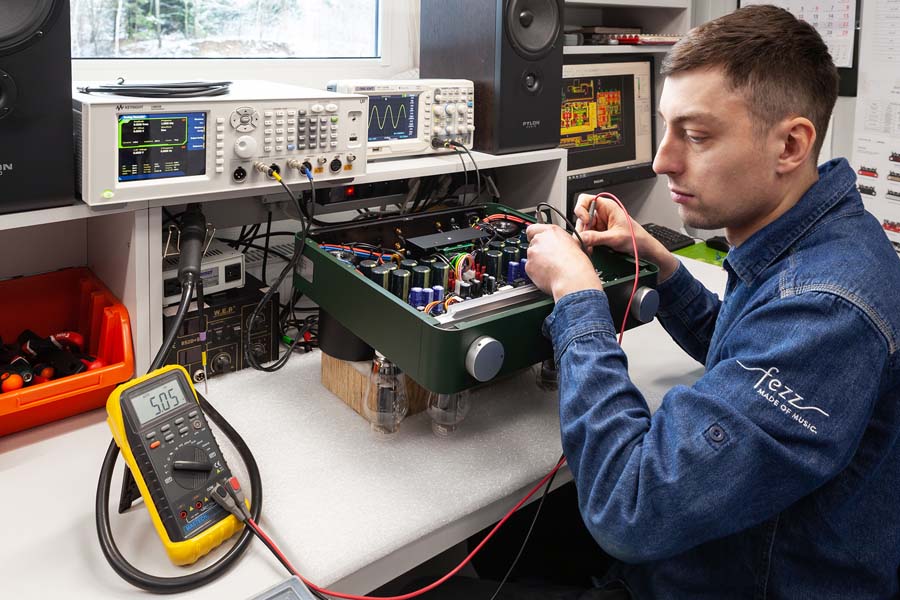
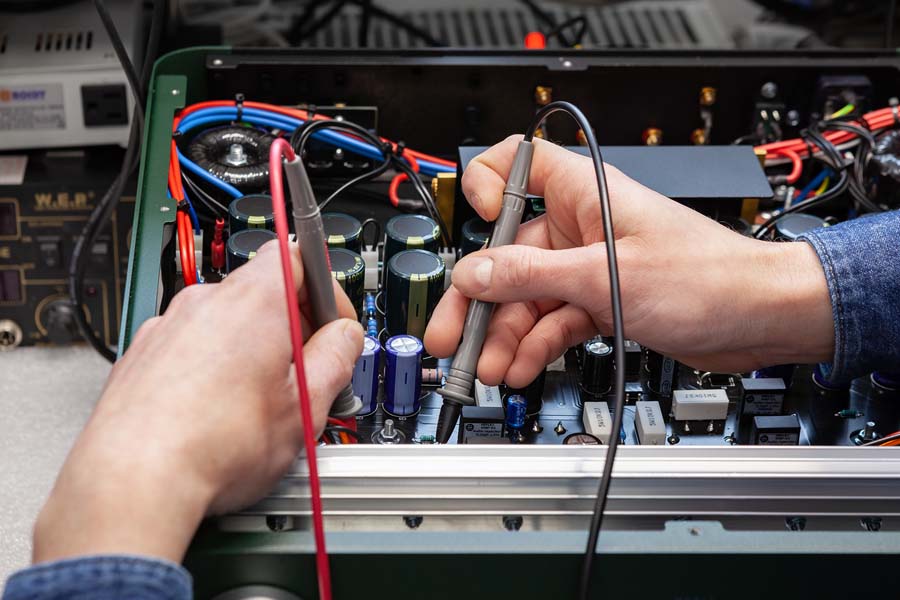
FEZZ AND DOGS
The name “Fezz” intrigued me a lot, especially after visiting various UK dictionaries and finding it can mean “a small burnt marijuana cigarette” or “absolutely no boundaries”. Actually, the reason the company used the name was much closer to home. It is not a Polish word at all but rather was a result of Maciej’s own daughter. When she was learning to speak, she had problems with the correct pronunciation of certain words, like many young boys and girls do. The family loves pet dogs and as Maciej told me; “In the Polish language, the term “Dog” is written and pronounced as “Pies”. When she was learning to speak, and tried to say “dog” – this “dog” sounded like “fezz” from her lips”. Maciej came to the conclusion that the term “Fezz” was therefore a great name for a brand – one which perfectly portrayed their company and the values that they are guided by in business: respect to family, and continuous development, improvement.”. As someone who always asks why companies use certain words/names for their products, I was really touched by this explanation, and it made me feel part of their family just reviewing the product!
SUPERMARKET PRICES
Maciej and his brother Tomas have always had (like most audio manufacturers) an interest in music in some way, either as listeners or as musicians. Even in his teens, Maciej was building amplifiers, and with a range of transformers and vacuum tubes so close to hand, it was quite easy and cheap to build anything he wanted. This has been carried further into the company Fezz, since the parts are readily available – hence keeping the prices of the amplifiers, preamplifiers, headphone amps and DACs at a very respectable price point, matching those of countries like China. Just looking at the quality of construction including design, components, and painting (there are a choice of seven beautifully named colours; Big Calm (brown) Black Ice, Burning Red, Evergreen, Moonlight (dark grey), Republika (light grey) and sunlight (a sort of brass colour) ) makes these a very desirable purchase. With just two silver knobs for volume and selector, there is no headphone socket and no phono-stage, but this didn’t worry me. Fezz also makes those items should you want to get the full set.
THE NEXT EVOLUTION
With valves and vinyl making a comeback in recent years, largely due to the difference in sound to that produced by SS amps and digital CDs, it was an ideal time for Fezz to make its debut. When I saw the original Titania some years ago it was a slightly different-looking device with triangular-shaped output transformer boxes and a thinner form. The original was from their “Legacy Line” whereas the new model is the current “Evolution Line”. Whilst they have preserved much of the sound from the original, they have concentrated more on the external design and have improved some of the internal design. Whereas the original model had no remote control, it funnily enough had a motorised Alps potentiometer, just lacking the electronics to operate it, the new model does have a remote. And, unlike the new model the bias adjustment was also manual on the older model. The new model under review here also has a BT input based on a BT 5.0 module using a PCM5102 32bit DAC and Qualcomm QCC3003 SBC (Sub-band codec) Bluetooth audio codec and being an AAC receiver. Nothing significant, but it worked very well.

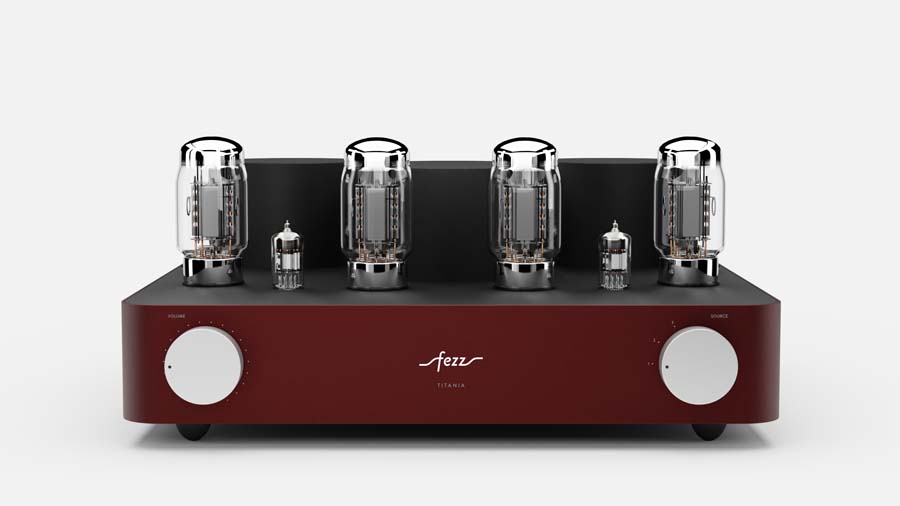
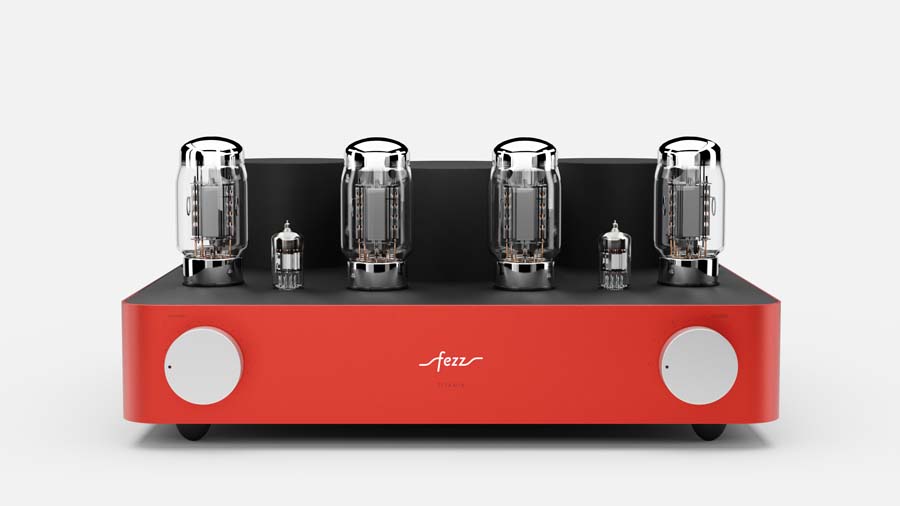
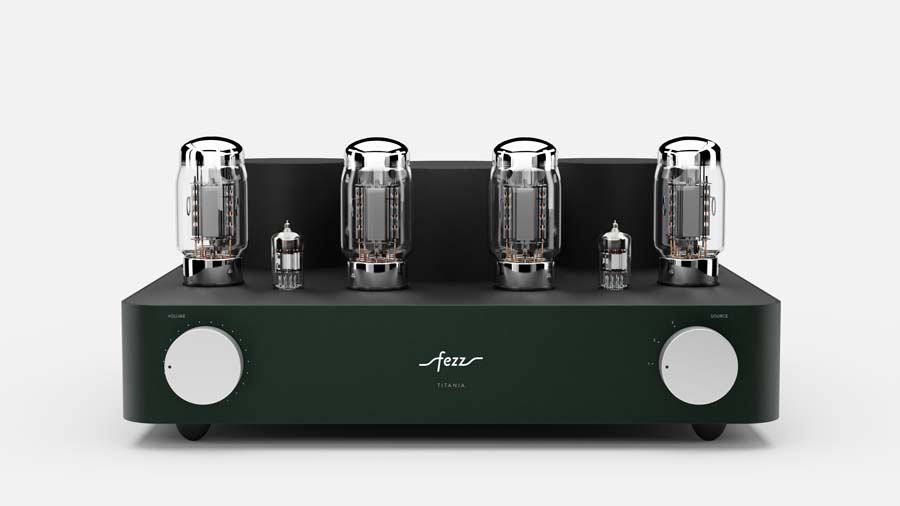
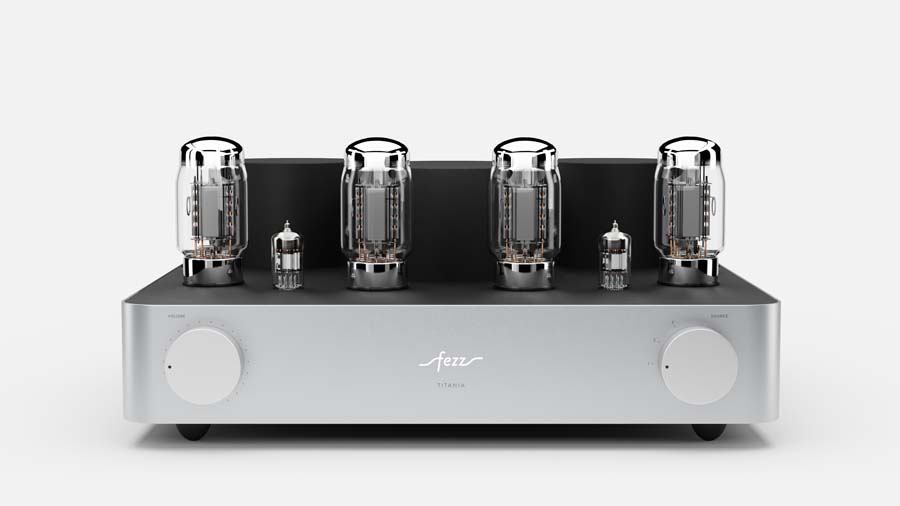
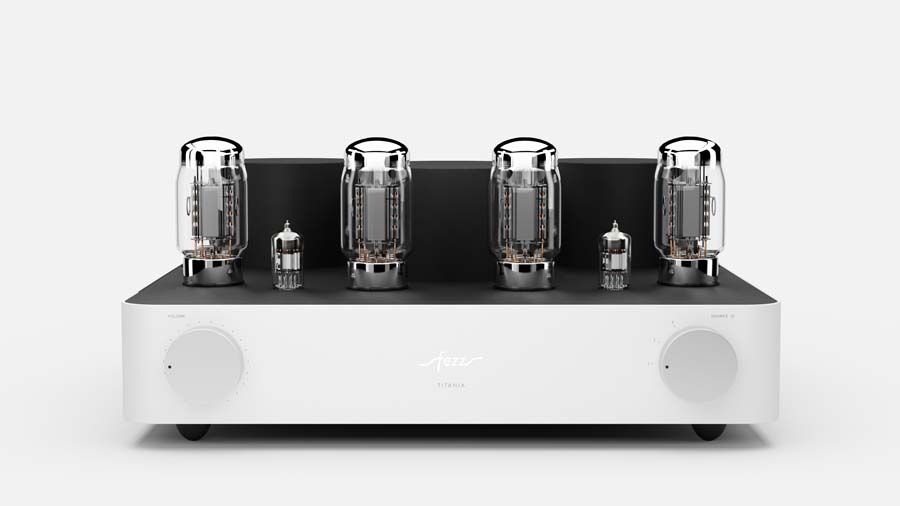
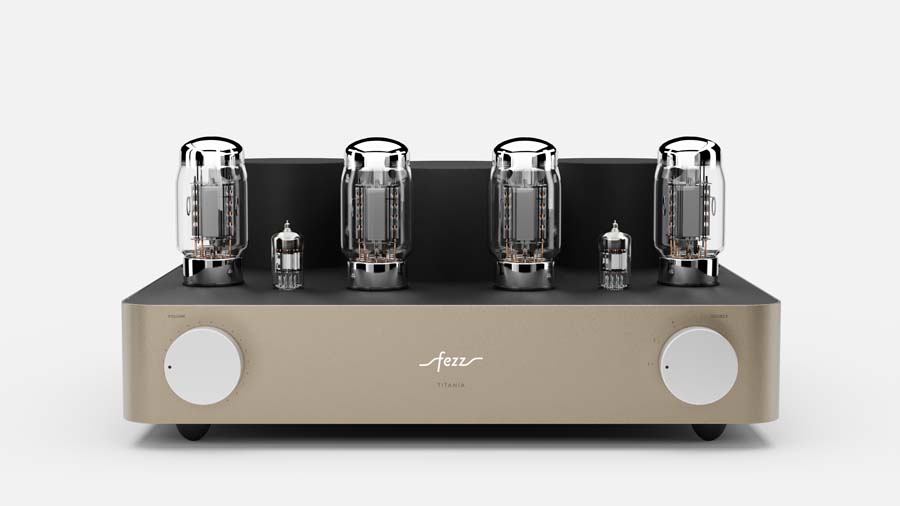
TUBES
With the iconic 12AX7(ECC83) Electro-Harmonix tubes (1 for each channel split half between preamp stage and drivers) and a pair of PSVANE classic series KT88’s in push-pull configuration for the power amp stage delivering 45Ws per channel, this was a marriage made in heaven for me. The biasing is automatic, so you could successfully use un-matched pairs, and you could also try KT120’s 150’s and 170’s if you wished, though I wouldn’t suggest it. You certainly won’t get much more power output if you do, just a different sound. At the back, the loudspeaker terminals allow you to select either 4- or 8-ohm speakers. For my 6-ohm drivers, I used the 8ohm sockets.
The box and instructions were very good, and even the tubes are numbered so that you know where exactly to fit them so that they keep as matched pairs (the KT88s). Perhaps the instruction manual could have more information because it doesn’t explain the remote control or how to attach the protective cage for the valves (indeed the manual refers to them as optional equipment, but they do come gratis!). The valve protection cage has a see-through Perspex front that you can connect to it. I would rather the cage was three-sided metal grating. It slips over the front of the Titania, but unfortunately doesn’t clip in permanently, so it is easy to knock it onto the valves.
Behind the valves and toroidals at the top are 4 power tube fuses with identifying LEDs should you ever encounter problems, and the box also contains spare fuses should you need them. Oh, and of course it comes with a pair of white gloves so that your dirty fingers don’t touch the glass when attaching the tubes.
The shiny remote control is one of the best I have ever seen, only beaten by the famous B&O remote of the 70’s in my opinion. Looking more like a mobile phone it only has three buttons, an up, down and a “-” button in-between. That middle button didn’t seem to do anything, but would be great as a mute or source change control. Maciej is currently deciding on its future function. I did feel the remote was too sensitive though, sending music much louder or softer too quickly, but being a motorized analogue volume control at least it didn’t alter volume in horrible 2dB steps like some amps do!
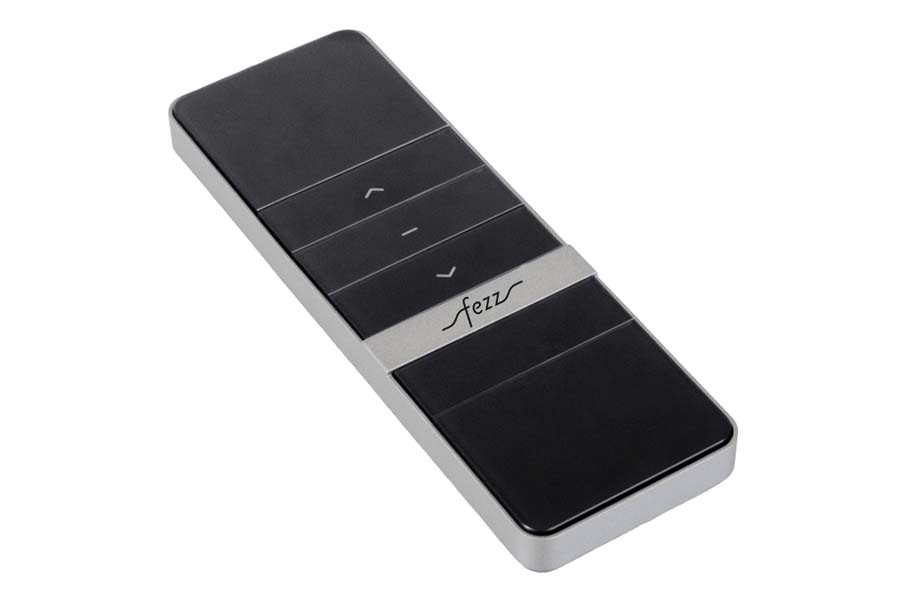
The main on/off toggle switch is at the rear. There is no standby, but the etched word “Fezz” lights up on the front metal of the gorgeous curved aluminium frontage. A lot of detail has been put into the build; this is not a stuck-on nameplate at the front, like its predecessor. There are four inputs; 3 RCA line-level inputs plus a switchable BlueTooth input for input 3. There are blanks for Fezz to supply it with a stereo pre-input so it can be used as a power-amp.
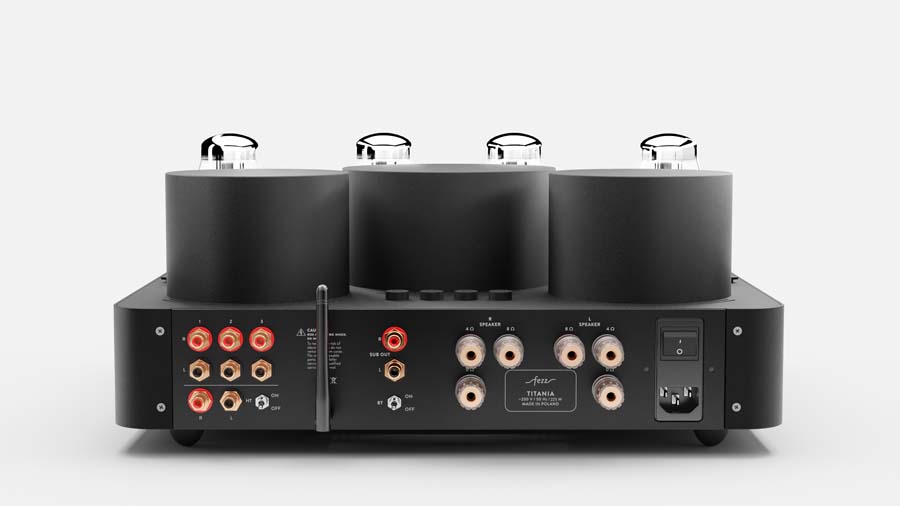
SOUND QUALITY
Playing vinyl from my Polish Pre-Audio turntable, plus reel-to-reel and digital sources, I found using the line inputs and BT 16/24 bit digital files this amplifier worked very well on any type of music I played. The amp might only offer 45W at 8ohm, but it was plenty powerful enough for my BBC LS5/9 and Wilson Benesch Arc speakers. My Synthesis monoblock might be twice as powerful, but I never felt this amplifier lacked on the oomph front.
Firstly, I played a digital source to put the valves through the motions, an appropriately Polish CD, a brilliantly recorded album from Cracow Jazz Collective and ‘No More Drama’. Nothing was further from the truth, the amount of blasts and power from the eight musicians and amplifier showed that this was no tame valve heater, it’s one that can put its point across both accurately and musically. Do allow it to warm up nicely for 5-10 minutes, though, before sitting down with your favourite music – and those KT88s do get hot! With alto, tenor and baritone saxophones, two trumpets, piano, double bass, and drums this album is no soft-touch for your HiFi. Bass drums and cymbals were quick and accurate and trumpets were clear and forceful. In the second track “Piano Drama” the percussion plus exterior piano keys and interior string playing of the instrument at the start was an interesting idea for a modern jazz performance, but all clearly performed. Only the bass-end wasn’t quite as tight and extended as on my own KT88 Synthesis, but no less as exciting, and I was able to listen longer to this music on valve than even my excellent Krell solid-state amp.
Moving slightly north-west to the Dutch Swing Band and my reel-to-reel tape on Nagra IV sj, the music was highly precise – especially the trumpets in my old trad-jazz favourite “Basin Street Blues”. With beautiful drums and clarinet, this album was itself mastered on a sister Nagra T. Reel-to-reel always sounds more reel to me, and the Titania was excellent in putting the music across as precisely as possible from valves. One might think of tube amps as producing slower, coloured, warm sounds, but this amplifier was very accurate and certainly not coloured, apart from a very small emphasis around 120Hz which made it all sound beautiful through my “BBC sound” Graham LS5/9s. The treble does open up to give a solid performance. Similarly, the bass end is quick and accurate. Playing ‘The World of Heavy Percussion and Large Japanese Drums’, another reel-to-reel recording with a selection of percussion instruments from the East and West, the 3-minute kit solo from Jim Keitner certainly gave plenty of opportunity to test transients and decays with great soundstage and control. Specialising in Japanese and African drumming styles, two tracks “Bonus” and “Braai” from the Circle Percussion, were both certainly very compelling and precise. The Titania has an excellent noise floor and the quiet introduction with very deep bass thuds was very effective.
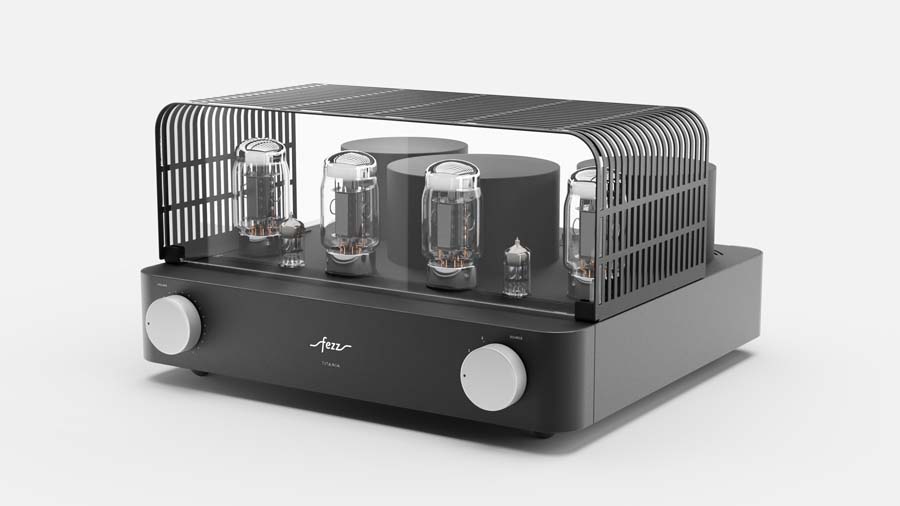
Changing gear to Auntie Flo’s ‘Gasoline’ 24/192 recording and “Jas” certainly didn’t sound jazzy even with descending notes on dated electronics and a drum machine. With a constant bass rhythm in D and occasional vocal “Jaz” interjection, this was less musically embarrassing than I thought it would be. Indeed, I quite enjoyed it on the Titania! The performance was clearly presented and certainly interesting.
Turning to the other extreme and The Beatles “Because” from the brilliantly remixed ‘Love’ album on CD, the amount of air and warmth in the opening was the best I have heard for a long time on this track. Vocals and strings on “Eleanor Rigby” were both brilliantly performed by the amplifier. The sound was still distinctively KT88, but also quick and very accurate. The music was very pleasurable and whilst that mid-band was articulate and with valve warmth, the other extremities certainly didn’t leave me wanting.
Moving to the relaxed David Gilmour’s ‘Endless River’ was very clear and compassionate in its performance, though nothing felt like it was missing, just a little slower than on my Synthesis. 45W was certainly enough to give me a beautifully colourful performance from the Grahams. Even the clinical WB Arcs sounded restrained and controlled. This was very musical!
Just to ruin my enjoyment I put on Johnny Cash’s take on “Bridge over Troubled Water”. I always thought he sounded like my dad late at night in the bathroom, but the technical quality of the album “The Man Comes Around” (24/192) is so good I wanted to see just how accurate the Fezz could go. This was quite acceptable; I was so impressed with the guitar and keyboard precision and detail, as well as the soundstage that I could almost ignore his voice! Indeed, that even came across with a certain amount of compassion and emotion. The added cello and female vocal interjection were almost as if they were in the room with me.
CONCLUSION
I was mightily impressed by the Fezz Titania. It might not be the bees-knees of valve integrated amps in terms of facilities but its design, build, performance, and price make it one amplifier that you should definitely arrange to audition.
Playing all kinds of music with equal finesse, this amplifier will work well with even insensitive 4- to 8-ohm speakers and both at quiet and loud volumes. Although you will perhaps still need to add a phono-stage and headphone amplifier, it does allow you to connect your phone, tablet or DAP for wireless enjoyment.
Proving that toroidal transformers can be a valve’s best friend, this amplifier could well be yours, too.
AT A GLANCE
Build Quality:
Excellent construction, very good looking and with excellent rubber isolation feet that hold it firmly down even onto a shiny surface
Sound Quality:
Excellent across all frequencies, with particularly good midrange make this a very musical player
Value For Money:
At £3,495 this is excellent value for what is on offer, even if the amp lacks headphone out and phono in
We Loved:
Focus and musicality
KT88 sound
Excellent construction and appearance
Gorgeous remote
Toroidals on a valve amp
We Didn’t Love So Much:
Would like a mute button on that gorgeous remote
Would like the valve protection cage to screw or clip onto the amp for safety, if you choose to actually use it
Elevator Pitch Review: For a KT88 amplifier at £3.5k I would expect this amplifier to have made its way from China, but this one not only originates from a country producing some excellent HiFi in the 21st century but one that sounded as magnificent as it looked. From the home of Polish Toroidy.pl who make, yes, toroidal transformers, this new Fezz amp makes good use of the technology in a surprisngly musical performer. Available in 7 colours, there’s at least one that will look good in your room.
Janine Elliot
System used:
Pre-Audio GL-1102N/Ortofon Kontrapunkt b (turntable/cartridge); Manley Steelhead (phono-stage); Nagra IV sj (reel-to-reel); Krell KPS20i (CD); Astell and Kern SE180 (BT DAP); Music First Audio Baby Reference pre-amp, Synthesis Roma 98DC valve and Krell KAV250a SS (amplification); Townshend Isolda and F1 cables, Coppice Audio stand and Townshend rack.
SUPPLIED SPECIFICATAION
Type: integrated vacuum tube amplifier
Maximum Power: 2 x 45 W / 8 Ω
Type: push-pull, class AB1
Output Impedance: 4 Ω / 8 Ω
Inputs: 3 x RCA plus Bluetooth (aerial)
Total Harmonic Distortion: THD <0.2%
Frequency response: 18 Hz – 103 kHz (-3 dB)
Power consumption: 225 W
Weight: 21 kg
Dimensions: 420 x 380 x 200 mm
Tubes: KT88 × 4, 12AX7 x 2
























































